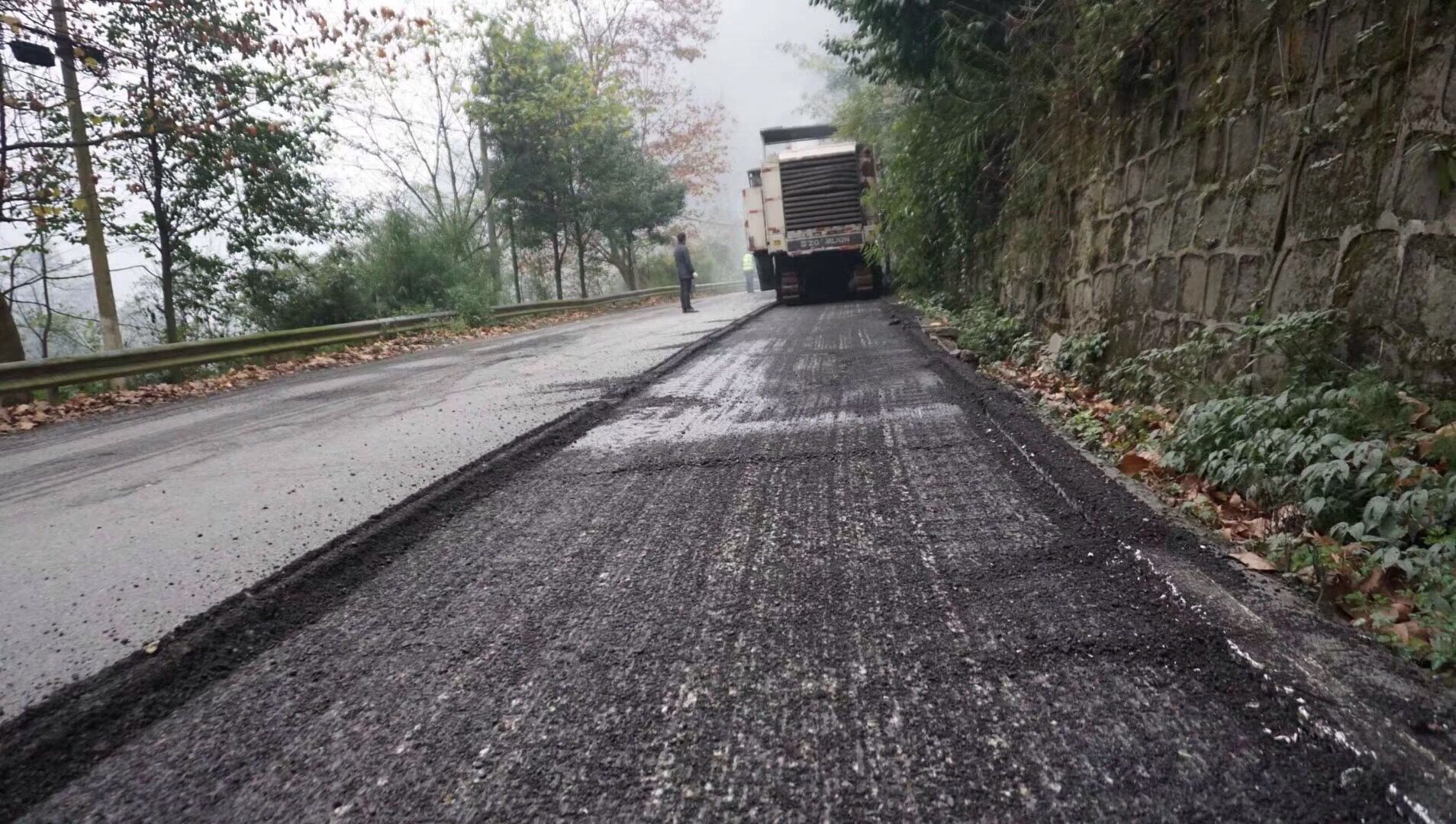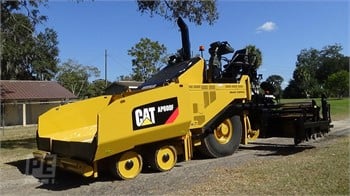The Main Principles Of A1 Professional Asphalt & Sealing Llc
Table of ContentsThe Best Guide To A1 Professional Asphalt & Sealing Llc6 Easy Facts About A1 Professional Asphalt & Sealing Llc ExplainedThe A1 Professional Asphalt & Sealing Llc DiariesThe 25-Second Trick For A1 Professional Asphalt & Sealing LlcThe Buzz on A1 Professional Asphalt & Sealing Llc

The oil in a car engine is not simply oil. It consists of a variety of ingredients to enhance the lorry's performance. These consist of polymers, viscosity modifiers, warmth stabilizers, additional lubes, and put on additives. The REOB has all the additives that remained in the waste oil in addition to the wear steels from the engine (primarily iron and copper).
However, by making numerous blends utilizing various REOB examples and various asphalt binders, the variants largely can be averaged out. Numerous States offered examples of known REOB composition to TFHRC scientists, that analyzed the samples to compare the percentage of added (known) REOB to the found (checked) quantity. The evaluations showed a similar portion of included and discovered REOB.
What Does A1 Professional Asphalt & Sealing Llc Do?
They received a frustrating reaction. The TFHRC scientists analyzed 1,532 samples from 40 States, one Canadian district, and 2 Federal Lands Highway divisions. They analyzed each example twiceamounting to more than 3,000 evaluations. None of those States recognized that the asphalt they were purchasing contained REOB. One State urged its samples had no REOB.
Of the 1,532 samples checked, 12 percent consisted of REOB, and some consisted of appreciably high levels of it at 1020 percent. The highest degree was 34 percent in a sample from Texas, which TxDOT had made use of in a patching compound. This testing likewise exposed the presence of phosphoric acid in 11 percent of the samples, and 2 percent had ground tire rubber.
Two years back at TRB's annual conference, the Federal researchers held an REOB workshop and provided the findings of their research laboratory analyses to a standing room-only crowd. Although some agencies do not especially prohibit REOB, they do enforce physical examinations that avert its useeffectively a ban. what is cold mix asphalt. Others do not outlaw it by spec, but have arrangements with asphalt distributors to prevent using REOB
Top Guidelines Of A1 Professional Asphalt & Sealing Llc
A handful do permit REOB, some within specific restrictions. Ohio and Texas restriction degrees to less than 5 percent of the asphalt. To develop a reliable test technique that all States can make use of, the TFHRC scientists established a round-robin examination strategy. The individuals are 11 State highway companies (Illinois, Massachusetts, Minnesota, Mississippi, Montana, North Carolina, Oklahoma, South Carolina, Texas, Vermont, and Wyoming), 2 independent screening labs, the Ministry of Transportation in Ontario, Queen's College in Ontario, and an Ontario paving specialist.
In total amount, the researchers prepared and shipped 720 blends. The participants are checking the samples separately utilizing the guidelines offered by the TFHRC researchers. The round-robin screening is almost completed, and TFHRC is in the process of collecting the outcomes. The result will certainly be a suggested AASHTO test method that any kind of State can take on and make use of (a1 asphalt).
The pavement with REOB, which is situated 0.6 mile (1 kilometer) from the pavement without REOB, has identical subgrade, traffic thickness, and environment. The section of Highway655 with 5 to 10 percent REOB showed significant fracturing. In this instance, the visibility of REOB was the identified root cause of fracturing at a low temperature levels.
A section of examination sidewalk in Minnesota (MN1-4) found to have REOB also broke too soon. The sidewalk performed well for the very first 3 to 4 years, however after that started to crack.
Not known Details About A1 Professional Asphalt & Sealing Llc
The tests were not substantial, yet they revealed that at degrees of 6 percent or even more, the tensile stamina of the asphalt dropped substantially. At a degree of 3.5 percent REOB, the variant in the physical examination techniques was more than the impact of REOB. It was challenging for scientists to analyze whether REOB was existing. https://www.cheaperseeker.com/u/a1asphaltseal.

One binder parameter considered is the distinction in between the low temperature critical requirements temperature level for stiffness (S) in the flexing beam of light rheometer and the bending beam rheometer creep incline (m-value) noted as Tcritical. 2 independent research groups, one from AASHTO and the other from the Asphalt Institute, wrapped up that more research study is needed on the usage of REOB in asphalt.
Formerly, all asphalt screening measured design homes such as stiffness. These examinations do disappoint what materials had been included to the asphalt. One example gotten throughout the TFHRC study had a very odd analysis. The sample had the adhering to test outcomes: Superpave PG 64-28 with a heat quality of 67.3 Tcritical on the bending beam of light rheometer was 6.7 degrees Celsius.

How A1 Professional Asphalt & Sealing Llc can Save You Time, Stress, and Money.
These outcomes show there are weak points in the standard design testing procedures that may be manipulated. The manufacturer may have an economic benefit and the great post to read item passes all the standard tests, but the product might not be beneficial to ensuring long-lasting performance. To resolve this concern and the growth of new asphalt additives and extenders, TFHRC is starting a study program to make use of portable spectroscopic gadgets, x-ray fluorescence spectroscopy, and Fourier transform infrared spectroscopy to enable evaluations to be done in the area instead of needing to take samples back to the lab.